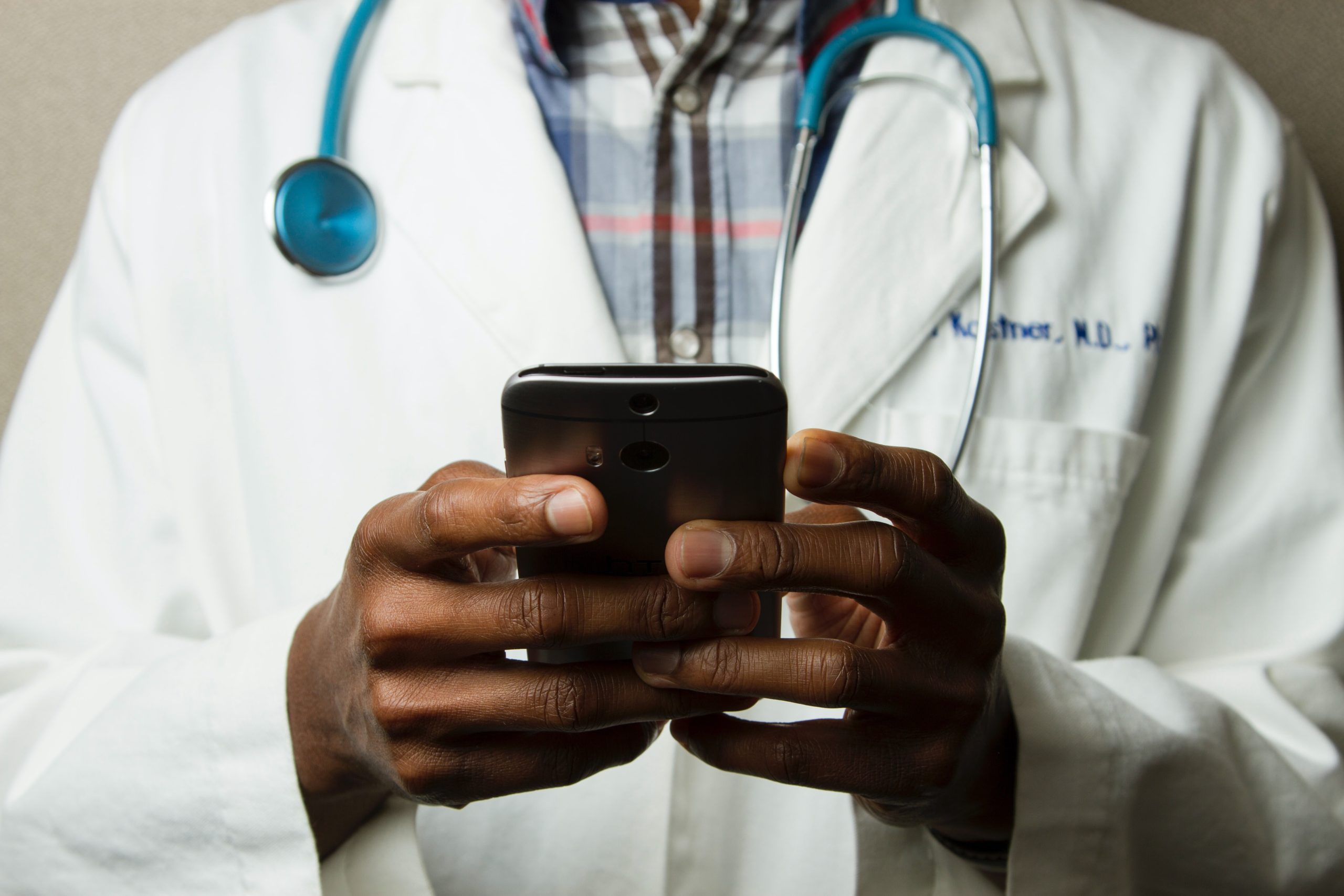Ashley Buehnerkemper

During the COVID-19 quarantine period, telehealth visits skyrocketed in many medical fields. More than 60% of medical patients say the pandemic has increased their willingness to try telehealth, according to a Sykes survey. Now that your doors are open once again (or will be soon), in-person visits can start happening as before. But don’t forget about telehealth just yet.
Even before COVID-19, telehealth’s popularity and use was increasing. For many patients, the thought has become, “why drive to a practice and wait when I can speak with a medical professional anytime, anywhere at my convenience?” And that’s an understandable thought. In this digital age that emphasizes convenience (whether it’s streaming movies instead of going to the theater or buying groceries online), it was only a matter of time before telehealth became popular too.
Telehealth has a lot of advantages, but it also has its limitations. So let’s take a look at some of those, as well as some best ways to use telehealth.
Telehealth Pros
As mentioned, telehealth can be done anytime, anywhere and can be very convenient for patients (and doctors, in many instances). And in today’s COVID-19 world, that remote capability has been invaluable. It’s helped countless number of patients get the help they wouldn’t have been able to get otherwise. And even with more practices opening their doors, telehealth is still a great way to help those with routine conditions (acne, rosacea, rash, dermatitis, etc.), while holding the amount of people coming in-office to a safer number.
Telehealth Cons
While certain things like cosmetic issues can be diagnosed through a video appointment, there are still limits dermatologists have when seeing patients digitally. As we discussed in our social distancing blog, some issues are still best served in person. Skin cancer and issues that require hands-on procedures or lab work are examples. Also, cosmetic procedures using lasers or fillers will always require in-person visits. Even evaluating an atypical mole without the patient right there in front of you can be difficult.
Telehealth Best Practices
When using telehealth, the American Academy of Dermatology (AAD) recommends to:
- Use existing systems and platforms (patient portals) to encourage patients to initiate telehealth when available.
- Schedule your high-risk or urgent patients first if possible. But you’ll have to evaluate if a case requires in-office attention or not.
- Defer all non-essential visits until a later time. Even with your practice open, this will help ensure your high-priority cases have your immediate attention.
- Make sure patients know there’s a clear line of communication, so that emergency visits for non-critical issues aren’t overused.
Here are some other tips to consider:
- Make sure you (and your patient) have a good internet connection if possible, to ensure a clear virtual visit without technical issues. You can also test out your microphone, speakers, etc.
- Use a high-quality webcam, so you can evaluate skin conditions as clearly as possible. See if the patient can also use a high-quality (or at least sufficient) web cam.
- Most platforms for telehealth have a notifications system that let you know when a patient is ready to see you. Decide which communication methods works best for you and your office workflow, and make sure to set them up.
- Even if you can’t do a physical exam, ask good questions and take a thorough history. While the interaction is different, the same clinical guidelines apply to telehealth as they do for an in-person
Staying Secure with Telehealth
Since sensitive patient information may be discussed during a telehealth visit, it’s important to ensure your platform is secure.
- Make sure digital connections are compliant with HIPAA and use web browsers with encryption ability, such as Safari, Chrome or Firefox.
- According to the HIPAA guidelines on telehealth, any system of communicating electronic-protected health information (ePHI) at distance must have mechanisms in place so communications can be monitored and remotely deleted if necessary. And only authorized users should have access to ePHI.
- Watch out for phishing. Like other online platforms, phishing campaigns from hackers are taking place. Make sure to protect you and your patients by verify links and attachments before opening or clicking.
- Know how your telehealth provider uses your data. Make sure the service you’re using is reputable and that it follows all HIPPA rules.
The rise of telehealth during the rise of COVID-19 has certainly changed the way dermatologists are practicing – both positively and negatively in certain ways. The future of telehealth remains to be seen, but for right now, it’s a key tool for helping patients. Make sure you’re using it as effectively as possible.
Need help adjusting to this new reality of practicing? Our practice management experts are here to support you. Schedule a consultation today!